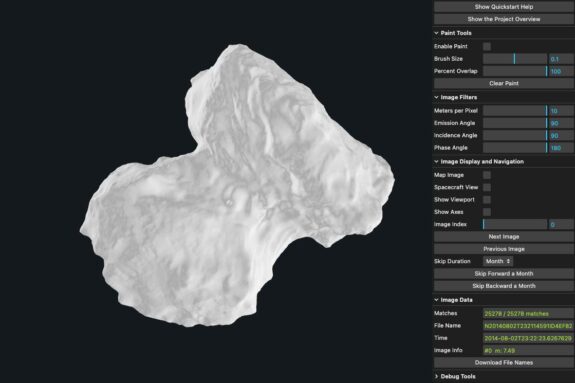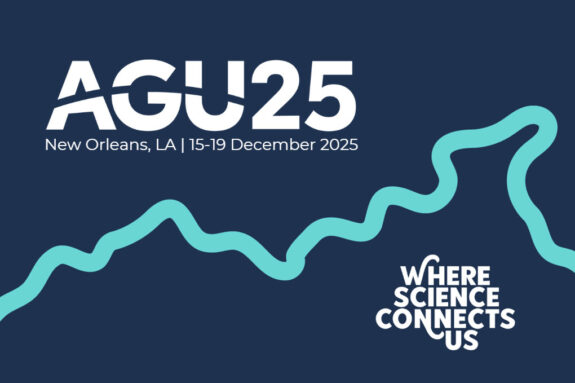Two EAPS affiliates receive 2025 MIT Prize for Open Data

The projects recognized this year by the MIT Prize in Open Data include one monitoring nitrous oxide emissions from oxygen-deficient zones (pictured left) in the ocean, and one using climate models (right) to help architects make informed decisions when it comes to designing climate-resilient infrastructure.
Earth, Atmospheric and Planetary Sciences (EAPS) graduate student Timur Cinay and postdoctoral associate Paolo Giani were recognized with the 2025 MIT Prize for Open Data, selected from a pool of more than 60 nominations across MIT. The prize, run by the MIT Libraries, aims to promote transparency and reproducibility of research through open data policies. Seven projects were recognized at a celebration on October 21 at Hayden Library.
Cinay’s project, the Galapagos Emissions Monitoring Station (GEMS), is a long-term monitoring station in the Galapagos Islands measuring nitrous oxide (N2O) levels in the atmosphere. Nitrous oxide is a potent greenhouse gas, but oceanic emissions are hard to measure due to a lack of long-term observations. Through his dissertation work in Professor Andrew Babbin’s lab, Cinay is working to quantify N2O emissions from marine oxygen minimum zones and to understand how these emissions tie into global greenhouse gas emissions.
“The MIT Prize for Open Data highlights the importance of making scientific data publicly available and underscores the need for continued support for open and long-term monitoring sites,” says Cinay. “Receiving this award is very encouraging, particularly at a time when science funding can be uncertain.”
Giani, in collaboration with Nada Tarkhan, a graduate student in the Department of Architecture, is working to provide updated meteorological conditions for building design. Their project, Extreme-Aware Meteorological Years: Open Weather Data for Climate-Resilient Building Simulations, builds upon climate model emulators developed through the MIT Climate Grand Challenge project Bringing Computation to the Climate Challenge (BC3). By accounting for a changing climate, building designs can be retrofitted or optimized for future conditions, improved efficiency, and reduced carbon emissions. There is also an interactive web framework to allow users to explore different climate futures and make informed design decisions.
“I’m thrilled to see this work recognized, as BC3 has produced a wealth of foundational research in climate emulation, and it’s exciting to see those developments applied in practice,” says Giani. “Our goal has been to make climate information more accessible, and this award represents an important acknowledgment of that mission.”


